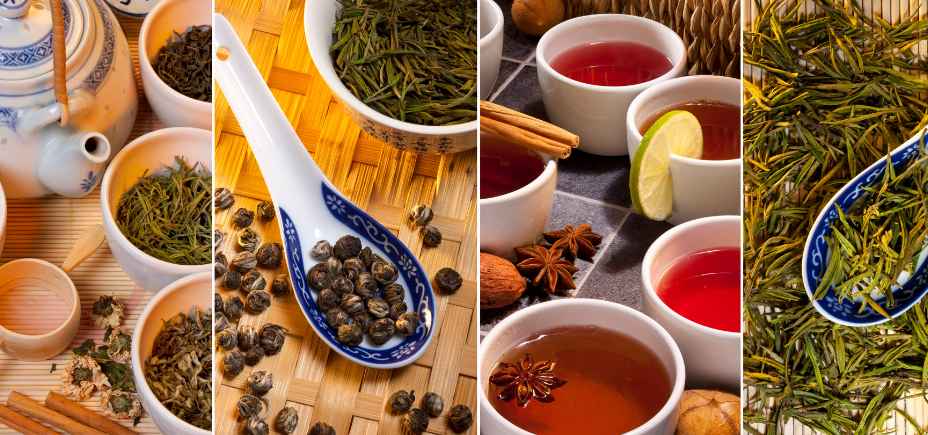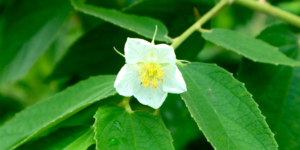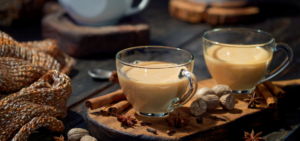Tea is one of the most popular beverages in the world. It’s been around for thousands of years and has a rich history and culture behind it. Whether you’re a tea lover or just getting started, this beginner’s guide will provide you with everything you need to know about tea. From its history to its health benefits, brewing techniques, and types of tea, we’ve got you covered.
Table of Contents
What is Tea?
Tea is an aromatic beverage made from the leaves of the Camellia sinensis plant, which is native to China and parts of Asia. The leaves are harvested and processed in various ways to create different types of tea.
History of Tea
Tea has been around for thousands of years and has played a significant role in many cultures. It’s believed that tea was first discovered in China around 2700 BC. From there, it spread to other parts of Asia and eventually to Europe and the rest of the world. Tea was initially used for medicinal purposes before becoming a popular beverage.
Health Benefits of Tea
Tea is not only a delicious beverage but also offers several health benefits. Tea is high in antioxidants, which help protect the body against damage from free radicals. It also contains caffeine, which can improve brain function, and L-theanine, which can reduce stress and anxiety. Drinking tea regularly has also been linked to a reduced risk of several chronic diseases, such as heart disease and certain types of cancer.
Types of Tea
There are several different types of tea, each with its own unique flavor and characteristics. The most common types of tea are:
Black Tea
Black tea is the most common type of tea in the Western world. It has a strong, bold flavor and is often consumed with milk and sugar. Black tea is fully oxidized, which gives it its distinctive color and flavor.
Green Tea
Green tea is a popular type of tea in Asia. It has a milder flavor than black tea and is often consumed without milk or sugar. Green tea is not fully oxidized, which gives it a lighter color and a more delicate flavor.
White Tea
White tea is the least processed of all the types of tea. It has a subtle, delicate flavor and is often consumed without milk or sugar. White tea is made from the youngest leaves of the Camellia sinensis plant.
Oolong Tea
Oolong tea is a traditional Chinese tea that is partially oxidized. It has a complex flavor that is somewhere between the boldness of black tea and the subtlety of green tea.
Herbal Tea
Herbal tea is not technically tea because it is not made from the Camellia sinensis plant. Instead, it’s made from various herbs and plants and can have a wide range of flavors and health benefits.
Brewing Techniques
Brewing tea may seem simple, but there are several factors to consider to achieve the perfect cup. Here are a few tips:
Water Temperature
Different types of tea require different water temperatures. Black tea should be brewed with boiling water, while green tea should be brewed with water that has cooled for a few minutes.
Steeping Time
The length of steeping time also varies depending on the type of tea. Black tea should be steeped for 3-5 minutes, while green tea should only be steeped for 1-2 minutes.
Tea to Water Ratio
The amount of tea and water used in brewing also affects the flavor of the tea. A general rule of thumb is to use 1 teaspoon of loose-leaf tea or 1 tea bag per 8 ounces of water.
Accessories for Brewing Tea
There are several accessories available that can make brewing tea easier and more enjoyable. Some popular accessories include:
- Tea infusers: These are small devices that hold loose-leaf tea and are placed in hot water to steep.
- Tea strainers: These are used to strain out loose-leaf tea leaves from the tea after steeping.
- Tea kettles: These are specially designed kettles used to heat water for tea.
- Tea cups: Specialized cups designed for drinking tea, often with handles and saucers.
How to Store Tea
Proper storage is essential to maintain the quality and freshness of tea. Tea should be stored in a cool, dry place, away from light and moisture. It’s best to store tea in an airtight container to prevent exposure to air and to keep its flavor intact.
Frequently Asked Questions
- How much caffeine does tea contain?
- The amount of caffeine in tea varies depending on the type of tea and the brewing method. On average, a cup of tea contains about 25-50 mg of caffeine.
- Can I reuse tea leaves?
- Yes, you can reuse tea leaves, but the flavor will be weaker with each subsequent steep.
- Is herbal tea the same as tea?
- No, herbal tea is not technically tea because it is not made from the Camellia sinensis plant. Instead, it’s made from various herbs and plants.
- Can I drink tea if I’m pregnant?
- It’s best to consult with your doctor before drinking tea while pregnant, as some types of tea may contain high levels of caffeine or other compounds that could be harmful.
- How many cups of tea should I drink a day?
- The recommended amount of tea varies depending on the individual, but it’s generally safe to drink 2-3 cups of tea per day.
Conclusion
Tea is a fascinating and delicious beverage with a long and rich history. Whether you’re a seasoned tea drinker or just getting started, this beginner’s guide has provided you with everything you need to know about tea, including its history, health benefits, types, brewing techniques, accessories, and storage. So, put the kettle on and enjoy a warm cup of tea!



